Regional Monte
Carlo Modeling of Electron Transport and Transit-Time Estimation in Graded-Base
HBT's
Xing Zhou, Member,
IEEE
Figures
Fig. 1 | Fig. 2 | Fig.
3 | Fig. 4 | Fig. 5 | Fig.
6 | Fig. 7 | Fig. 8 | Fig.
9 | Fig. 10 | Fig. 11 |
Fig. 12
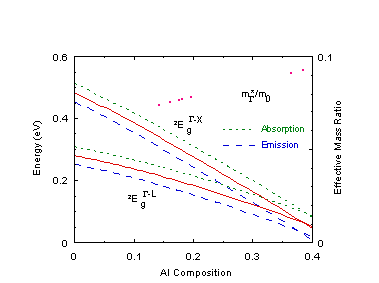 Fig. 1 Left axis: Threshold energy for intervalley scatterings
between G and L/X valleys (solid
lines) in AlxGa1-xAs as a function
of Al composition. Scattering due to phonon emission (dashed lines) and
absorption (broken lines) are also shown with composition-dependent phonon
energies. Right axis: G-valley effective-mass
ratio in AlxGa1-xAs (dotted line).
Fig. 1 Left axis: Threshold energy for intervalley scatterings
between G and L/X valleys (solid
lines) in AlxGa1-xAs as a function
of Al composition. Scattering due to phonon emission (dashed lines) and
absorption (broken lines) are also shown with composition-dependent phonon
energies. Right axis: G-valley effective-mass
ratio in AlxGa1-xAs (dotted line).
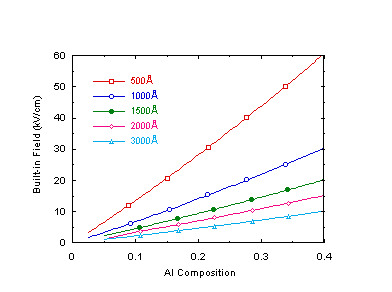 Fig. 2 Built-in field versus composition at various base widths
using the quasi-linear relationship (2).
Fig. 2 Built-in field versus composition at various base widths
using the quasi-linear relationship (2).
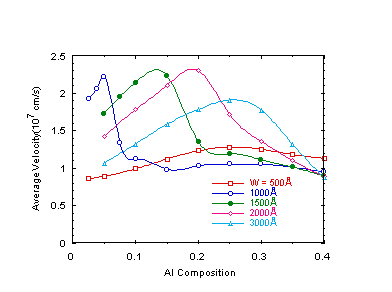 Fig. 3 Average velocity versus composition at various base widths.
Fig. 3 Average velocity versus composition at various base widths.
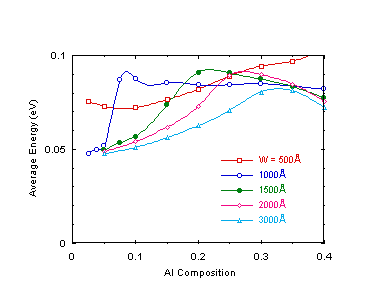 Fig. 4 Average energy versus composition at various base widths.
Fig. 4 Average energy versus composition at various base widths.
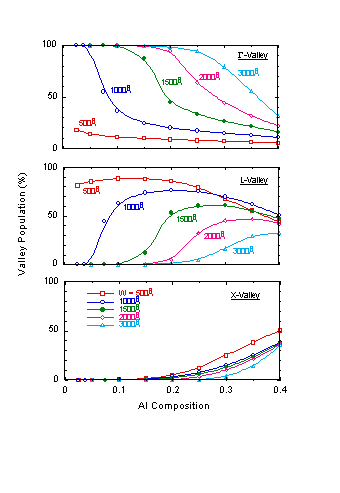 Fig. 5 Valley population versus composition at various base widths.
Fig. 5 Valley population versus composition at various base widths.
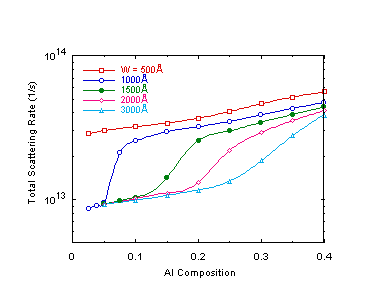 Fig. 6 Average total scattering rate versus composition at various
base widths.
Fig. 6 Average total scattering rate versus composition at various
base widths.
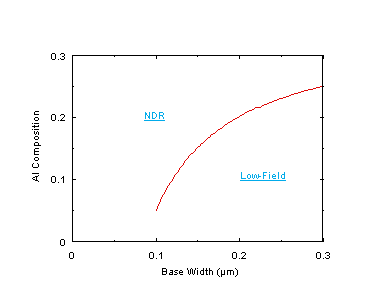 Fig. 7 Transit time optimization curve: base width-composition combinations
on which peak average velocities occur. Above this curve NDR and high-field
effect are dominant; below this curve transport is in the low-field (Ohmic)
regime; on this curve, optimum base transit times are expected.
Fig. 7 Transit time optimization curve: base width-composition combinations
on which peak average velocities occur. Above this curve NDR and high-field
effect are dominant; below this curve transport is in the low-field (Ohmic)
regime; on this curve, optimum base transit times are expected.
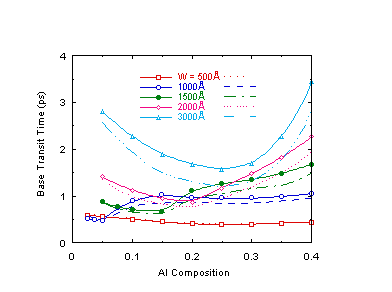 Fig. 8 Base transit times versus composition at various base widths,
using (7) (solid lines) and (8) (dotted lines).
Fig. 8 Base transit times versus composition at various base widths,
using (7) (solid lines) and (8) (dotted lines).
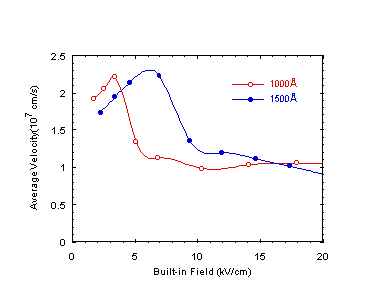 Fig. 9 Average velocity versus built-in field for W = 1000Å
and 1500Å. The field is mapped from composition using (2) (see Fig.
2).
Fig. 9 Average velocity versus built-in field for W = 1000Å
and 1500Å. The field is mapped from composition using (2) (see Fig.
2).
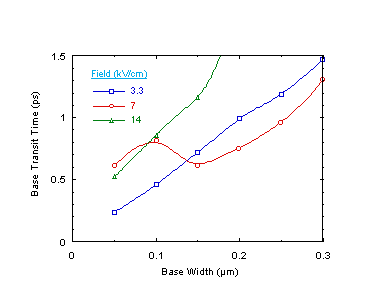 Fig. 10 Base transit time versus base width at three constant fields
(i.e., both W and x are varied but the slope of conduction
band is kept constant).
Fig. 10 Base transit time versus base width at three constant fields
(i.e., both W and x are varied but the slope of conduction
band is kept constant).
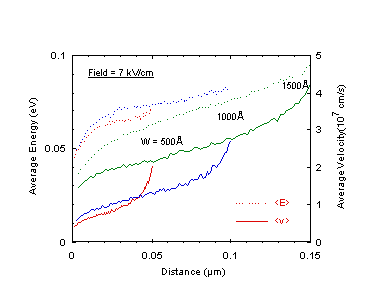 Fig. 11 Average energy (---) and velocity (—) versus distance at
a constant built-in field of 7 kV/cm. The end of each curve indicates the
corresponding base width.
Fig. 11 Average energy (---) and velocity (—) versus distance at
a constant built-in field of 7 kV/cm. The end of each curve indicates the
corresponding base width.
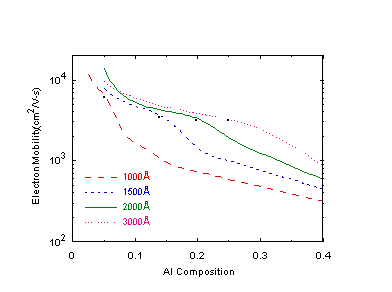 Fig. 12 Mobility versus composition at various base widths. The
dots indicate where the peak velocities occur.
Fig. 12 Mobility versus composition at various base widths. The
dots indicate where the peak velocities occur.












